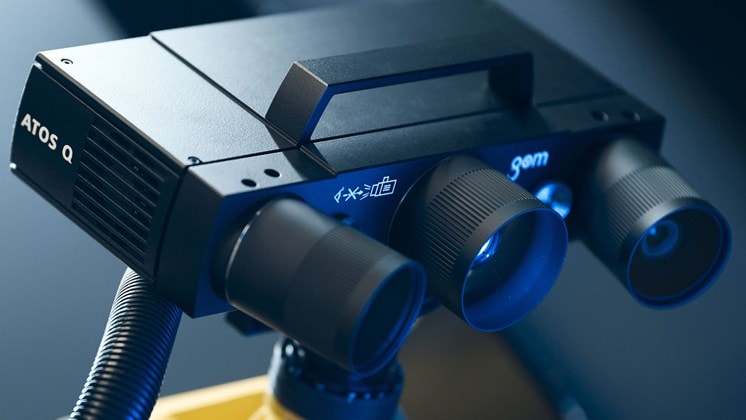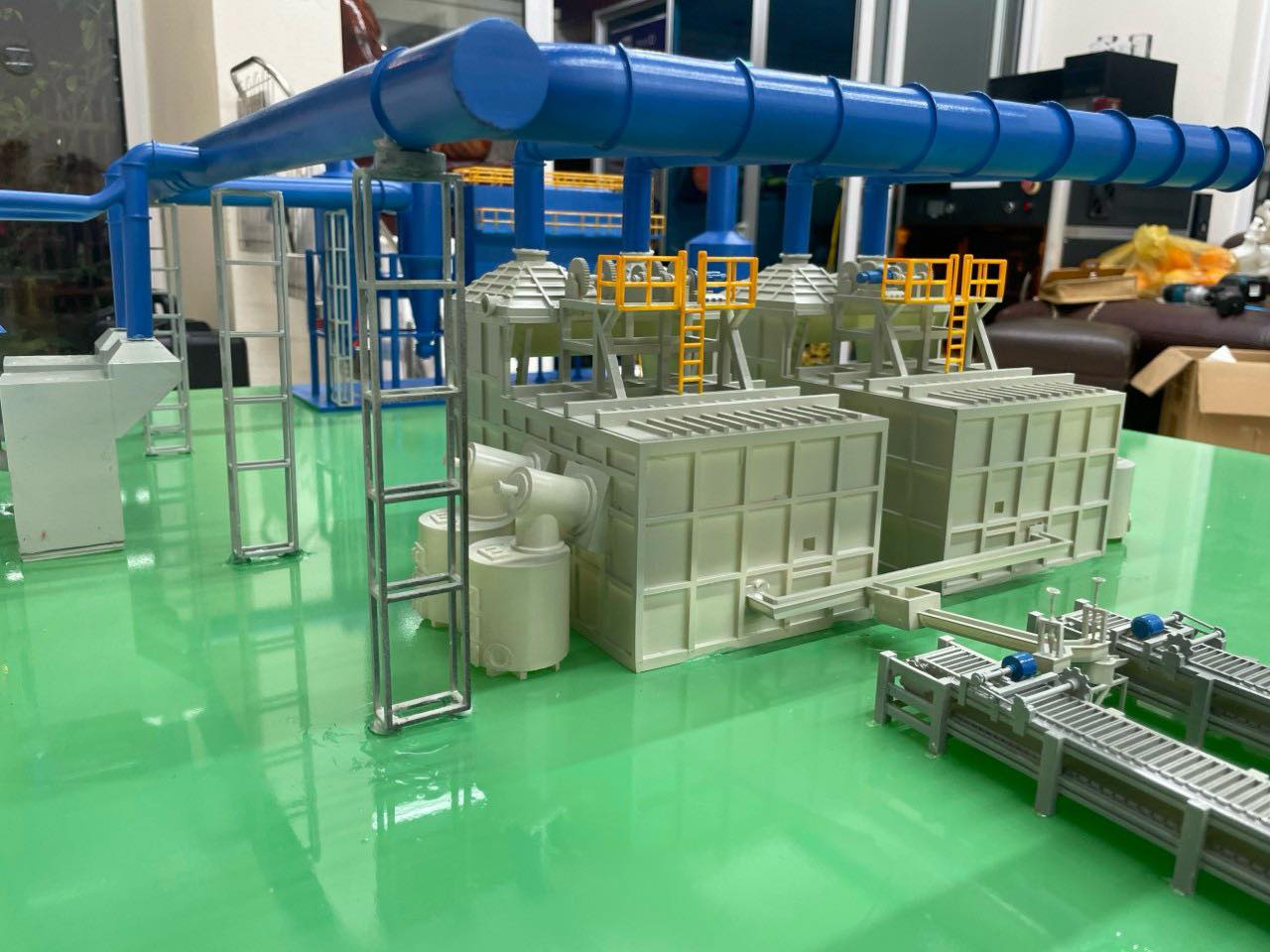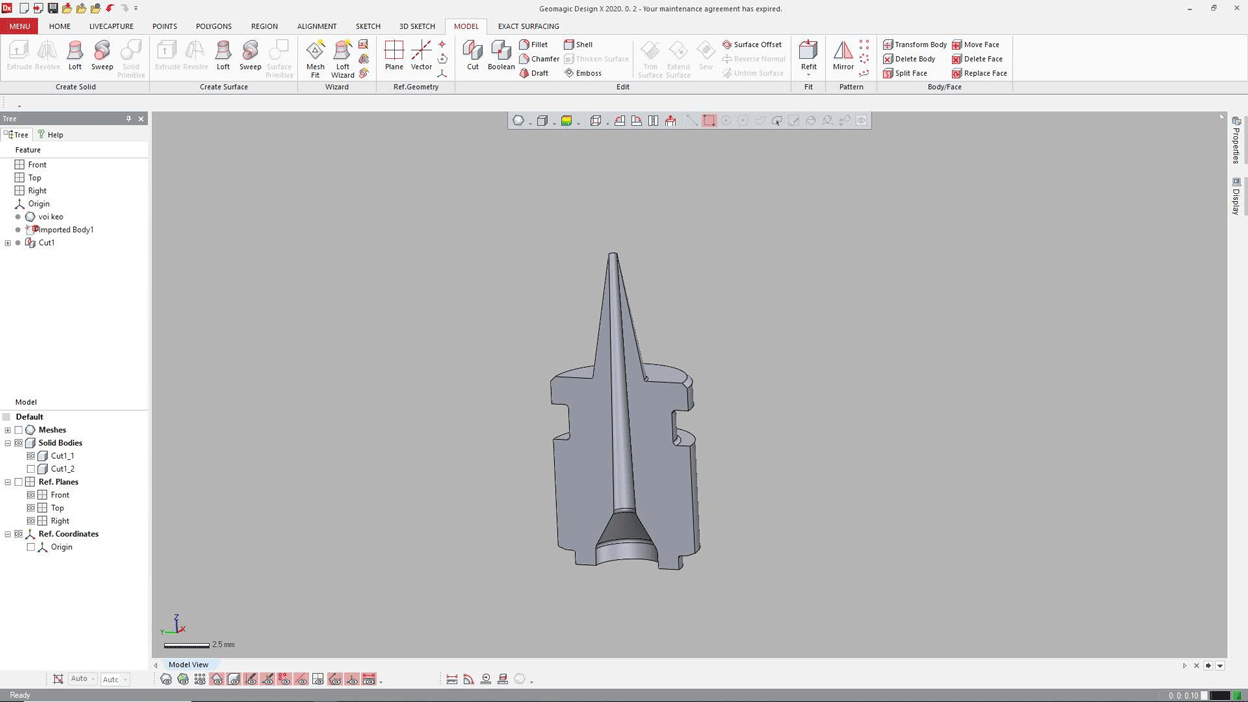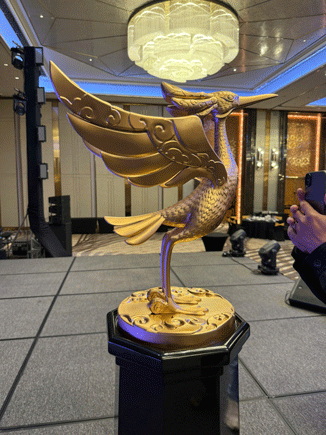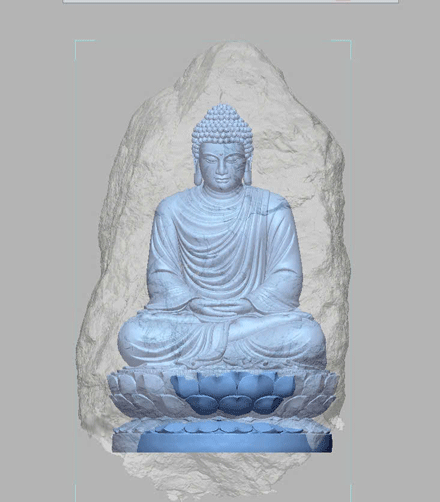Artists and researchers reconstructed the Altamira Cave using 3D scanning techniques, Rapidform software was used to bring each scan into a common 3D coordinate system (merged registration) to create an accurate and complete 3D virtual model of the cave.
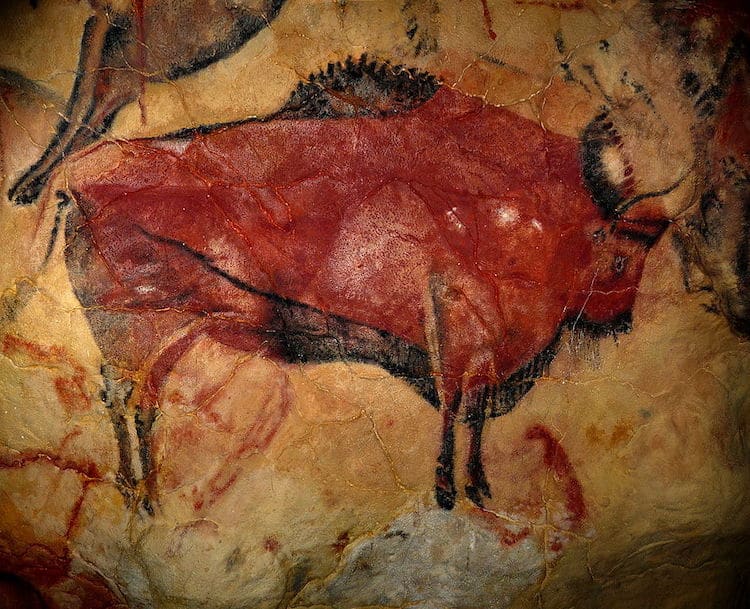
In the depths of Altamira, researchers found nearly 200 paintings including about 38 bison, 10 bulls, 26 horses, 1 mammoth and hundreds of signs and symbols. The paintings all date back to the Paleolithic period, about 15,000 years ago.
To avoid serious damage caused by changes in humidity and temperature caused by more than 177,000 visitors each year, closing the cave to the public was supposed to be necessary. Over the years, pigment particles and even entire sections of the fragile paintings began to fall from the roof. It was decided that closing the cave itself was not enough to preserve the site. A project to completely reconstruct the site was approved.

This huge task was undertaken by a Spanish company based in Madrid, Tragacanto. A Minolta VI-700 3D Digitizer was used to scan all the details of the cave. With its unprecedented flexibility, scanning speed, integrated LCD-Display and high-tech portability the scanning tool is ideal for this job.
Using the Minolta VI-700, more than 6,000,000 geometric data points were collected for the roof sections alone. After eight months and a surface area of 2600 square metres, the relief areas of the so-called “kitchen” and “drawing room” were reconstructed with a density of one point for every five millimetres.
RapidForm2000 software (INUS Technology) was used to bring each scan into a common 3D coordinate system (merged registration) to create an accurate and complete 3D virtual model of the cave.
Based on the model created through RapidForm2000, and using CNC milling machines, the foam block was cut into different segments of the cave. After applying the silicone mold and wax of the surface of the silicone cave wall part was not added.


The Silicone Molds are tested for quality and precise detail.
The artists and researchers tasked with the difficult task of recreating the Altamira sites use a similar technique that the original artists used. Here, mineral pigments dissolved in water are applied to a replica artificial limestone surface. This replica has the same absorbency as the original stone so that the wet pigments are absorbed naturally, just as in the original Altamira sites. This is achieved by using 10 tonnes of limestone powder, of which 80% is the total mass, the remaining 20% is a synthetic binder. In addition, a constant ambient temperature of 18 degrees Celsius is maintained, the same temperature as inside the original Altamira sites.
OTHER NEWS
